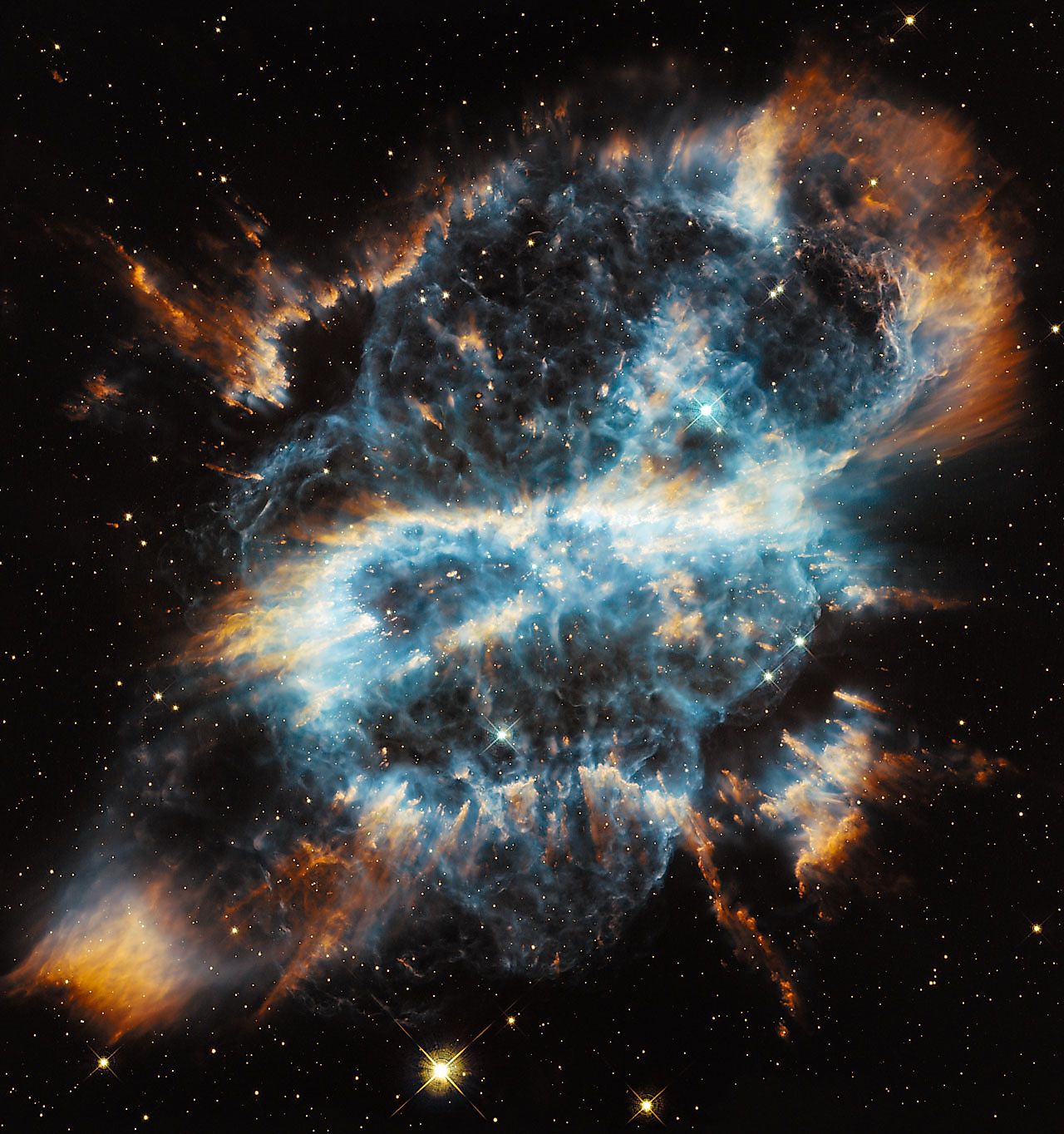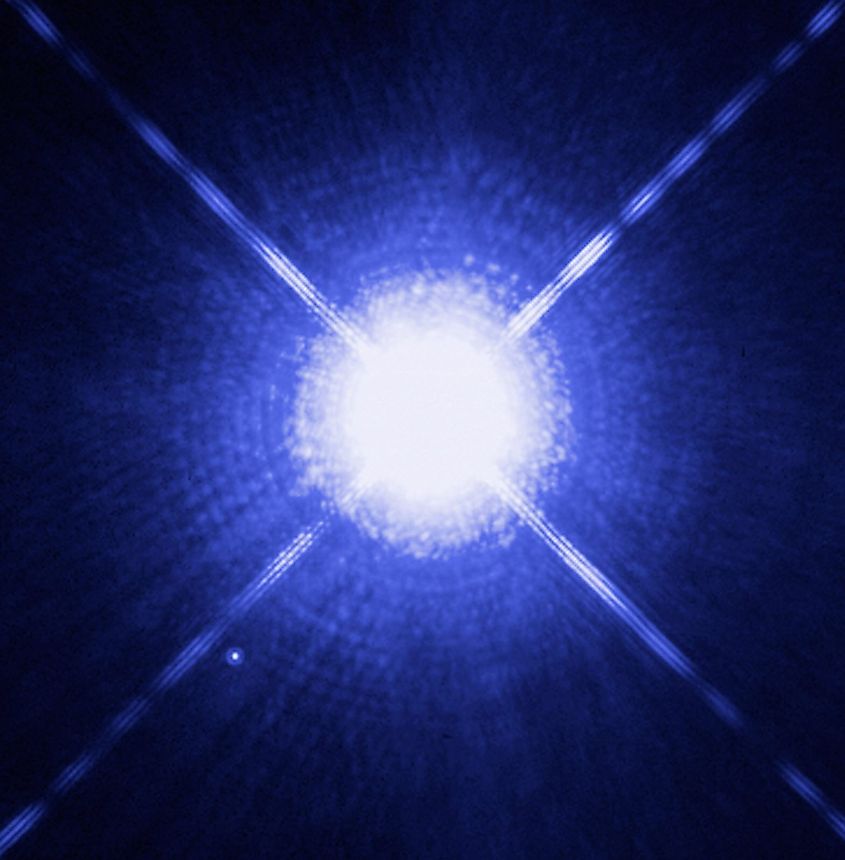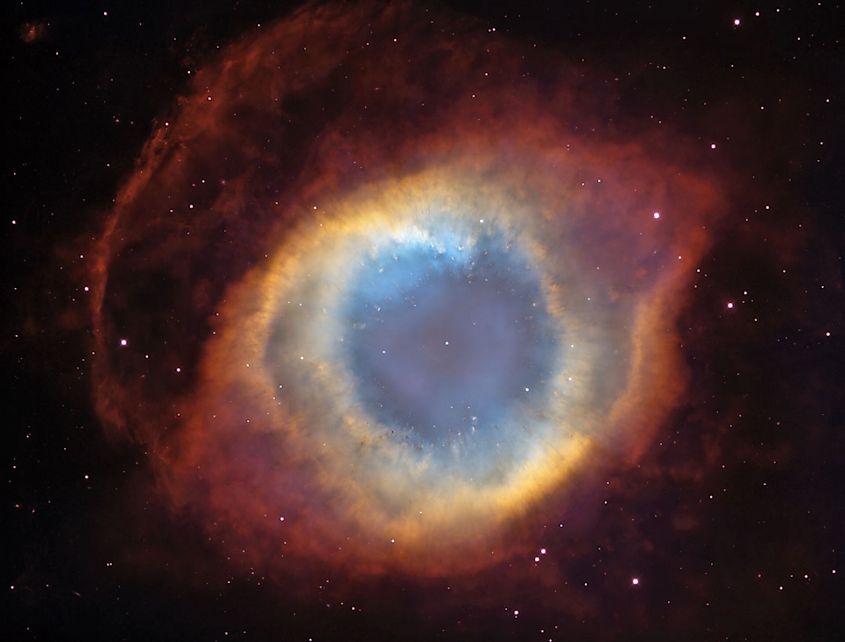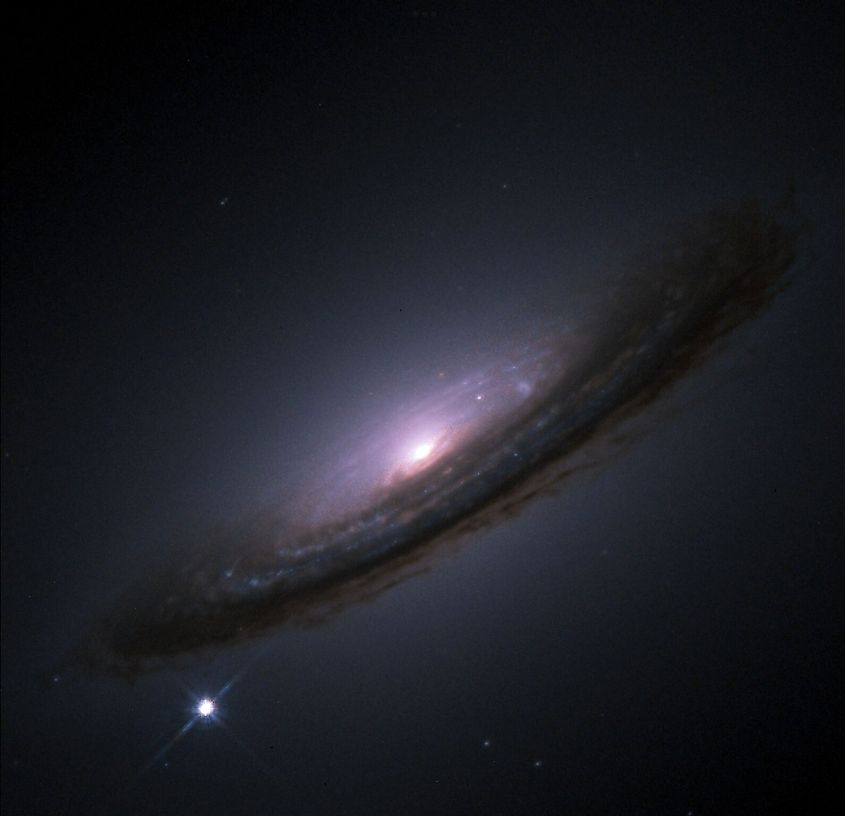
What Are Type 1A Supernovae?
Supernovae are generally thought of as being the final death throes of a massive star. When the most massive stars run out of fuel, they collapse under their own gravity and then explode as supernovae. Interestingly, there are different types of supernovae. One of those types, called Type 1A Supernovae, do not involve the gravitational collapse of a massive star. Rather, they are caused by the explosion of white dwarfs.
White Dwarfs

White dwarfs are stellar remnants, leftovers from stars not so different from our sun. White dwarfs are one of the final stages stars like our sun will reach after they have exhausted their fuel. White dwarfs form as a direct result of the fact that it is extraordinarily difficult to squeeze atoms together. Between individual atoms, there exists a pressure known as electron degeneracy pressure. It is this pressure that keeps atoms apart, and without it, most matter in the universe would collapse in on itself. A white dwarf forms as a sun-like star collapses under its own gravity yet is unable to overcome electron degeneracy pressure. Thus, white dwarfs are rather small, most of which being about the same size as the Earth. However, they are extremely dense and will usually contain around one solar mass.
Every white dwarf has one thing in common: a limit to how massive they can be. There is a point at which electron degeneracy pressure will be overcome, and thus there is an upper mass limit for every white dwarf. This limit, called the Chandrasekhar Limit, is around 1.4 times the mass of the sun. Any white dwarf that exceeds this limit will undergo a runaway thermonuclear reaction and detonate as a Type 1A Supernova.
How Do White Dwarfs Increase Their Mass?

Since white dwarfs cannot exceed a mass of 1.4 suns, they tend to form from stars below that mass. Then how exactly does a white dwarf exceed this limit and become a supernova? One way to increase a white dwarf’s mass is for it to steal material from another star. If a white dwarf happens to orbit another star, its gravitational pull may gradually steal material from that other star, increasing the overall mass of the white dwarf. If the white dwarf steals enough material and exceeds 1.4 solar masses, it will explode as a Type 1A Supernova.
Standard Candles

Type 1A Supernovae have proven to be one of the most helpful tools in calculating vast distances in space. Since every white dwarf has the same upper mass limit, every Type 1A Supernova will also have approximately the same energy output. This makes it easy to determine how bright Type 1A Supernovae are, and by knowing their exact brightness, astronomers can calculate exactly how far away they are. This makes Type 1A Supernovae one of the best standard candles in astronomy, and they have been used in finding distances to other galaxies as well as determining how fast the universe is expanding.











